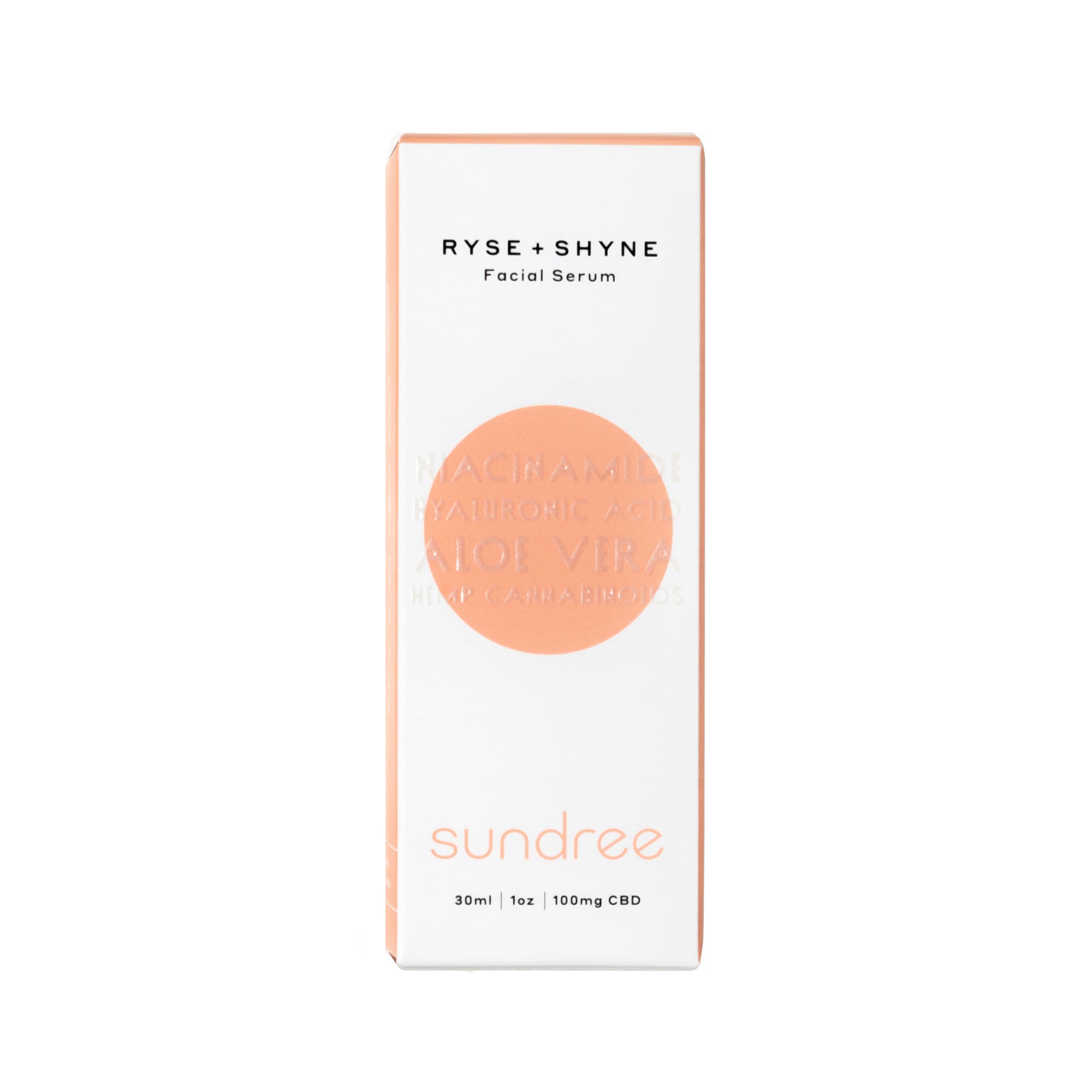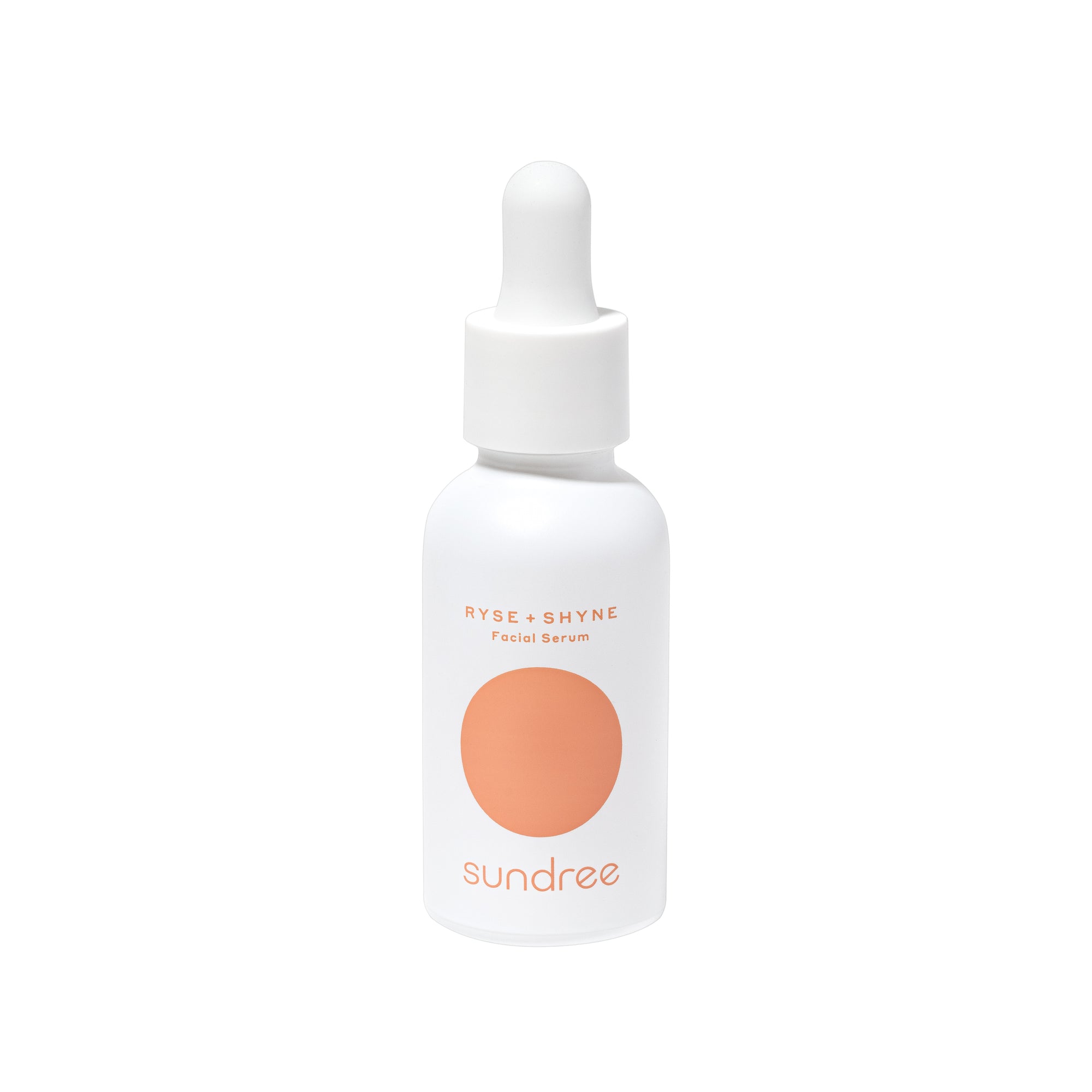If you’ve been using a skincare product containing AHAs, BHAs, retinol, or other peeling ingredients in your skincare routine, you might have read in its description or purported benefits that it encourages cell turnover. Cell turnover is an important element, whether you are trying to get rid of wrinkles and fine lines or acne and hyperpigmentation.
But are you familiar with what it is, how it can help your skin, and which ingredients can help speed it up? If not, don’t worry. Keep on reading to learn all about cell turnover!
What is Cell Turnover?
Cell turnover is a biological process of the body in which the dead skin cells shed from the top layer of the skin and get replaced by fresher and healthier skin cells. The mechanism of removal of old cells and their replacement with the newer cells happens naturally. The new skin cells are produced in the dermal layer of the skin and move to the outer epidermal layer as they mature. After some time, they lose their nuclei, which means they are not living or active anymore. These cells form a thick layer on the surface and shed off. The new cells rise up and take their place. It can take 20-30 days for the skin to shed existing dead cells and replace them with new cells. However, various internal or external agents may hinder the routine cell turnover process to 40 to 60 days, sometimes even more than 60 days.
How Does Cell Turnover Help the Skin?
The process of cell turnover is integral for youthful, radiant, smooth, and even skin. Without regular cell turnover, the old, dead cells will accumulate on the skin's surface, paving the way to numerous skin problems, ranging from blackheads, whiteheads, dullness, and roughness, to acne hyperpigmentation, inflammation, and wrinkles. In addition, your skin will not look and feel healthy, tight, and shiny without the proper removal of dead cells from the epidermis.
What Causes Cell Turnover to Slow Down?
As mentioned above, the delay in the cell turnover cycle can lead to different skin problems. But what causes the delay in cell turnover rate? The biggest reason behind the delay in cell turnover is the natural process of aging. The cells turn over every 24 to 30 days in your 20’s, and by the age of 40, the cell turnover cycle reduces to 45 to 60 days. It further drops as the age progresses. After aging, certain other factors are also responsible for delaying the process of cell turnover. Sun exposure, inflammation, dehydration, smoking, stress, inappropriate diet, and hormonal imbalance can also have an adverse effect on the speed of cell turnover.
What are the Benefits of Cell Turnover?
By now, you know that the cell turnover process is essential for replacing the inactive and dead skin cells with active and healthier cells. Fresher skin cells keep the skin looking supple, radiant, and elastic. Unfortunately, when skin cells build up in the pores, they can combine with oil, grime, bacteria, and other impurities. This debris can clog the pores and lay the ground for the appearance of whiteheads, blackheads, and even acne breakouts. The elimination of pileups of these dead cells from the pores helps achieve a smooth and blemish-free complexion.
Moreover, dead skin accumulated in the pores can cause the pore size to expand. Thus, cell turnover can help to prevent enlarged pores. Slowed cell turnover can lead to loss of elasticity and delayed removal of uneven or damaged skin, causing sagginess and hyperpigmentation. Regular cell turnover can also prevent the likelihood of wrinkles, fine lines, and discoloration and reduce their appearance. Better cell turnover can enable the skin to respond to sun damage faster and heal sun-damaged skin quicker by replacing damaged cells with healthier cells.
How to Speed Up Cell Turnover?
While it’s inevitable to fight off all the factors that can slow down the process of cell turnover, some changes to your skincare routine and lifestyle can be beneficial in maintaining the steady removal of dead cells and the emergence of healthier cells. The best way to boost your cell turnover rate is to incorporate skincare products with ingredients that promote cell turnover. These ingredients work by exfoliating the upper, dead layer of the skin.
Exfoliation is the key to speeding up the cell turnover cycle because it boosts the removal of dead skin cells, enhancing the skin’s renewal and regenerative abilities. Exfoliation can be done in two ways:
- Physical Exfoliation - Facial scrubs and dry brushing are some examples of physical exfoliation. It’s important to opt for a product that doesn’t irritate or injure the skin. To slough off dead skin with a physical exfoliator without causing trauma to the skin, use scrubs with fine particles and use a dry brush for the body, not the face. Dermaplaning and microdermabrasion can also help get rid of dead cells from the outer layer of the skin.
- Chemical Exfoliation - The other option to amp up the cell turnover cycle is to use chemical exfoliators. These are skincare compounds with the natural ability to stimulate faster cell repair and renewal. Chemical exfoliators are a gentler alternative to harsh physical exfoliators. Chemical exfoliators do their work by dissolving the bonds between skin cells, facilitating the shedding of dead skin cells. If your skin tends to become dry, sensitive, or inflamed, chemical exfoliation is the better choice for you. You can select from AHAs, BHAs, enzyme peels, and retinol. You should choose the exfoliating method that suits your skin the most. Sometimes, a combination of both can be effective, while in some cases, chemical or physical exfoliation yields better results. However, it’s critical not to exfoliate your skin too often to avoid aggravating it.
What Ingredients and Treatments Help with Cell Turnover?
Now that you know what cell turnover is, how it works, what its benefits are, and how you can speed it up, let’s move to the ingredients to look for to help improve your skin’s natural cell turnover cycle.
- Alpha Hydroxy Acids - Products with active ingredients from the AHA group are known to work the best for those struggling with dryness, dehydration, hyperpigmentation, enlarged pores, and superficial wrinkles. Some of the names to look for are lactic acid, glycolic acid, citric acid, mandelic acid, malic acid, and tartaric acid.¹ AHAs slough off the dry and dead layer of skin cells and improve the efficiency of skincare products by allowing them to absorb faster and deeper into the skin.
- Beta Hydroxy Acids - BHAs are especially beneficial for people with inflamed, oil-prone, and sensitive skin. They work effectively to treat sun damage and acne. BHAs can penetrate deeper into the skin compared to AHAs. They unclog the pores by removing excess and dead skin cells. Salicylic acid is the most widely used member of the BHA family.²
- Retinol - Retinol is known as a prevalent ingredient to help accelerate cell turnover. Initially prescribed as an anti-acne treatment, this derivative of vitamin A is also being used for its incredible anti-aging properties. It increases the cell turnover rate and enhances the production of elastin and collagen in the skin. If you are stressed about fine lines, wrinkles, and hyperpigmentation on your skin, add skincare products with retinol to your skincare routine. It will help repair the pesky signs of aging and prevent blackheads, enlarged pores, and whiteheads.
- Enzyme Peels - An enzyme peel is great way to rid your skin of dead skin cells. The enzymes in the enzyme peel are procured from vegetables and fruits. Enzyme peels are generally considered mild and non-irritating, making them ideal for most skin types and problems, especially for itchy, flaky, and dry skin.³ After an enzyme peel, you may experience some redness. Also, your skin can be more sensitive to the sun, so make sure to apply sunscreen and limit sun exposure for about a week.
Final Thoughts
Cell turnover is a significant factor that can help reduce and treat various skin issues. Cell turnover is a continuous process where the old, unhealthy skin cells are shedded naturally and replaced with the new, healthier cells. So whether you’re battling acne, signs of aging, dullness, rough skin, or discoloration, skincare products with ingredients that promote cell turnover can help eliminate these problems. Some ingredients to look for while buying your skincare products include retinol, salicylic acid, glycolic acid, lactic acid, and mandelic acid.
Citations:
- Tee-Melegrito. Rachel Ann. (2022). ‘What is mandelic acid’, MedicalNewsToday, Accessed June 1, 2022. Available at: https://www.medicalnewstoday.com/articles/mandelic-acid
- S. Brooklyn. (2021). ‘Everything You Need To Know About Salicylic Acid,’ Sundree, Accessed June 1, 2022. Available at: https://sundree.com/blogs/news/everything-you-need-to-know-about-salicylic-acid
- Ross, Sophie. (2021), ‘Enzyme Peels Are the Gentle Way Get Glowing Skin’, Byrdie, Accessed March 5, 2021. Available at: https://www.byrdie.com/enzyme-peels-5101236













